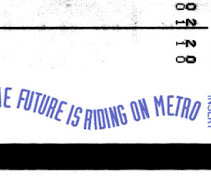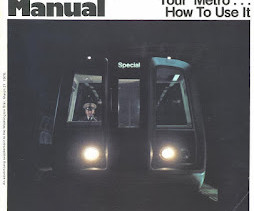Desperate times sometimes lead to a more marketing-oriented guise: WMATA/Metrorail | Bonus: WMATA's financial crisis
Rebuilding Place in Urban Space
JULY 4, 2023
Now a goodly amount of that is encapsulated in " Branding's (NOT) all you need for transit " (2018), but old pieces like " Making Transit Sexy " (2005), make the point too, less sophisticatedly. Second, during the 2008 crash, I got an email from an activist in response to all the budget and service cuts faced by transit systems.











Let's personalize your content